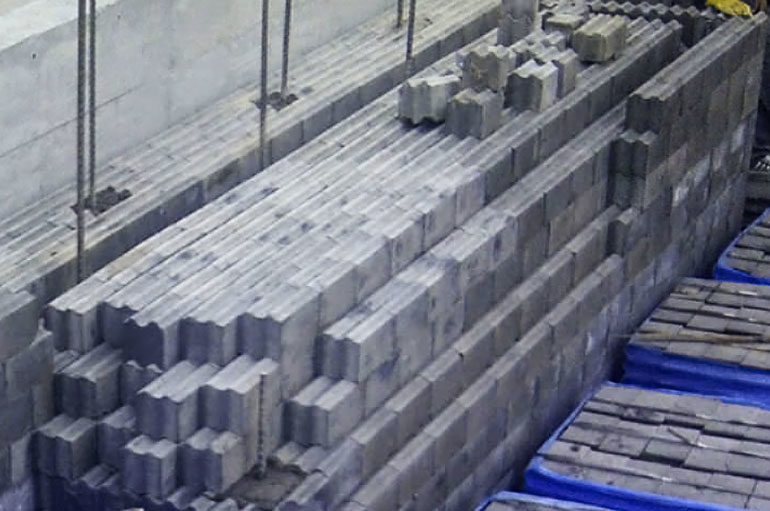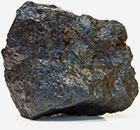Quality Magnetite Is Critical to Providing Vital Employee Protections

Whether it’s in protective structures or microns-thin films, magnetite plays an important role in preventing workplace exposure to harmful radiation
It’s no secret that radiation can save lives and improve healthcare. Just consider the necessity of an X-ray to repair that fractured wrist or the effectiveness of radiation treatments on certain cancers.
Prolonged exposure to this life-saving radiation, though, can prove harmful — especially to the caregivers tasked with providing care. When it comes to protecting employees from the harmful effects of radiation in the workplace or excess heat in a refractory, Quality Magnetite is on the forefront.
“Our magnetite can be used in concrete aggregate, into building products and into surface coatings for protection against the harmful effects of radiation and heat,” says QMag. “We understand the importance of providing a high-quality iron oxide for these vital applications.”
When it comes to providing protective barriers, research is beginning to show that magnetite-rich compounds and products are a cost-effective way to limit exposure and provide the protection employees need. Here are a few points to consider:
Magnetite in concrete is an affordable and effective gamma-ray blocker. Researchers have known for some time that magnetite can be an effective shield against harmful gamma rays. At the same time, concrete is one of the most affordable and proven construction materials available. Recent developments have demonstrated that magnetite, combined with concrete aggregate, is as effective at blocking harmful gamma rays as lead bricks — and it’s far cheaper.
Magnetite is an effective additive for radiation-blocking plastics. The need for thinner, flexible protective barriers has been apparent for decades, and researchers have been pursuing everything from thinner, woven lead vests to fabrics infused with particles to absorb harmful gamma rays. One of the most promising areas of progress has been in the polymer arena, where the Society of Plastics Engineers (SPE) reports that researchers are adding magnetite nanoparticles to plastic films as a form of gamma ray blocker. Here’s what SPE had to say about these cutting-edge films:
They are lighter than their metal counterparts and can be processed to achieve effective shielding for radiation associated with specific industries. They also combine the excellent functional properties of the nanoparticles with those of the host polymers. Incorporating even just a few percent of nanoparticles can dramatically change the properties.1
Magnetite-infused concrete is an effective heatsink. For centuries, concrete has been used as an effective barrier to heat. Now, thanks to researchers at Hanyang University, concrete is being examined as an effective conduit for the removal of excess heat. Researchers at Hanyang discovered that, by infusing concrete aggregate with high percentages of magnetite, the wonder material can be an effective heat transfer conduit — without the effects of cracking typical to concrete placed in high-heat situations. Here’s what they found:
For the work, magnetite with varying replacements of normal aggregates and steel powder of 1.5% of volume are considered, and the equivalent thermal conductivity is evaluated. Only when the replacement ratio goes up to 30%, thermal conductivity increases rapidly to 2.5 times.2
This bold application of magnetite has staggering implications in construction of refractories, industrial complexes and even nuclear reactors. When coupled with the radiological protections of similar products, magnetite and concrete is a winning combination.
Find out more
To learn more about the important breakthroughs in magnetite and radiation protection, get in touch with one of our expert sales staff today. The QMag team looks forward to hearing from you.
1 Society of Plastics Engineers “Magnetite nanocomposite films for radiation shielding
“http://www.4spepro.org/pdf/006050/006050.pdf
2 Advances in Materials Science and Engineering, Volume 2016 (2016), Article ID 952625.
http://dx.doi.org/10.1155/2016/9526251

